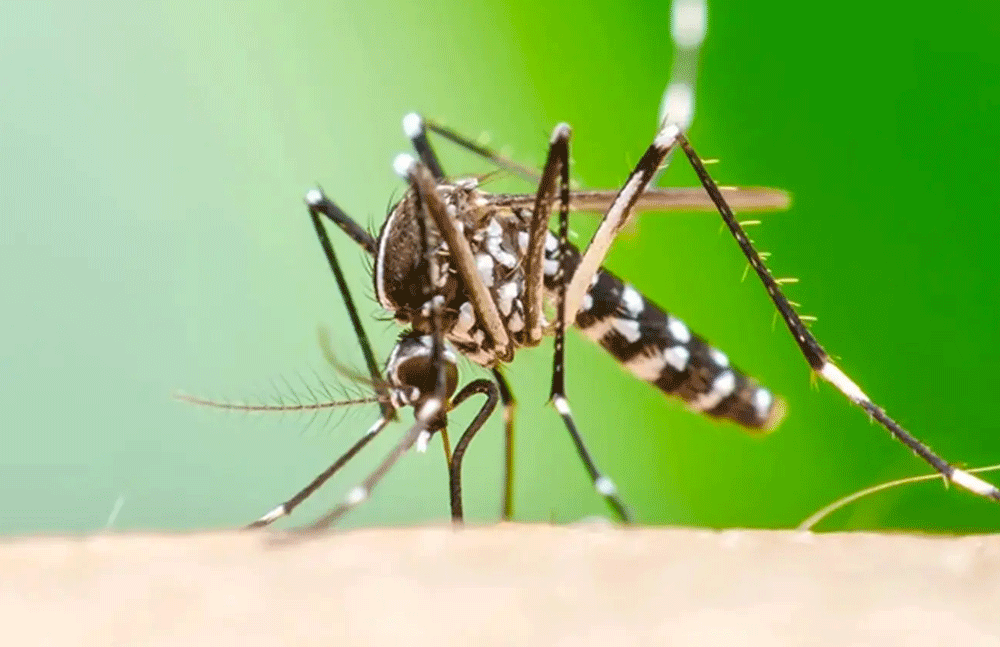China Battles Chikungunya Outbreak with Over 7,000 Cases Reported in Guangdong
China is currently facing a significant chikungunya outbreak, with more than 7,000 cases reported in the southern province of Guangdong. The outbreak has prompted Chinese authorities to adopt control measures reminiscent of those used during the COVID-19 pandemic.

Among the hardest-hit areas is the city of Foshan, where patients diagnosed with chikungunya have been ordered to remain hospitalized until they test negative. In response, authorities have initiated strict containment and monitoring strategies to prevent further spread of the mosquito-borne virus.
Retail pharmacies have been instructed to implement real-name registration when selling medications that treat symptoms of chikungunya, such as fever, joint pain, and skin rashes. These pharmacies are also required to maintain detailed records of such sales.
Authorities have urged individuals traveling from chikungunya-affected regions within Guangdong to closely monitor their health for signs of infection. In some cases, hotels and restaurants that failed to eliminate mosquito breeding grounds have been fined.
The virus has spread to at least 12 cities within the province, with nearly 3,000 cases reported in the past week alone. In addition, Hong Kong reported its first imported chikungunya case in six years last Saturday, sparking fears of local transmission. Reports indicate that mosquito breeding is widespread in about 70% of the city’s surveyed areas.
What is Chikungunya?
Chikungunya is a viral disease transmitted primarily by infected Aedes aegypti and Aedes albopictus mosquitoes. It commonly spreads during the rainy season when mosquito breeding conditions are ideal.
Although outbreaks are rare in China, chikungunya is frequently reported in South and Southeast Asia, and some parts of Africa.
Symptoms and Treatment
The most prominent symptom of chikungunya is severe joint pain, often affecting the wrists, ankles, knees, and hands. Other common symptoms include fatigue, muscle pain, fever, and rashes on the face and body.
There is no specific cure for chikungunya. Treatment focuses on symptom relief, including rest, hydration, and medications such as analgesics and anti-inflammatory drugs to manage fever and pain.
Health officials are intensifying mosquito control measures to stop the virus from spreading further and are urging the public to take precautions, especially in humid and rain-prone regions.






